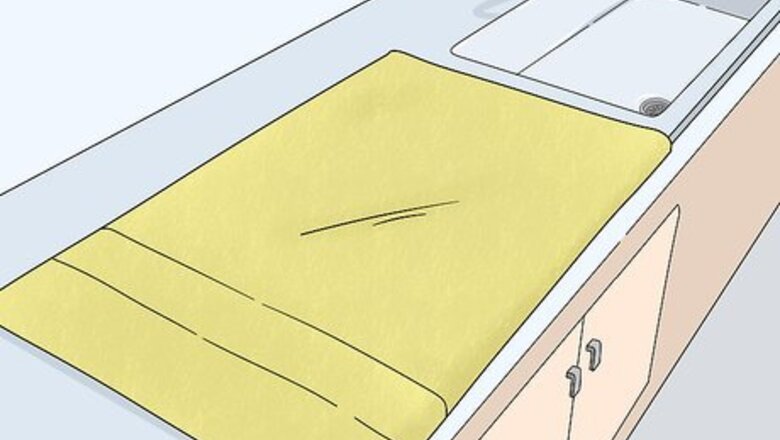
views
Towel-Drying Your Cat
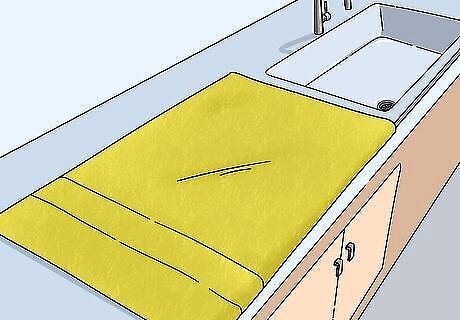
Lay a soft towel next to the bath or sink. Spread out the towel so you can immediately use it once you're done bathing your cat. If you think the cat might shake and get the area wet, you may want to have an extra towel close by.Tip: If you have a towel warmer, drape the towel over it while your cat is getting washed. Then, the towel will be warm for when they're ready to dry off. Use an old towel that you don't mind if your cat scratches or claws. Towels won't work as well on long-haired cats.
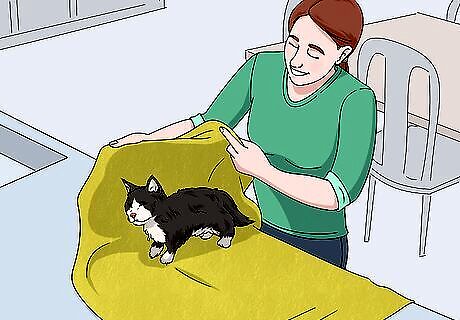
Place the wet cat on the towel and wrap the short ends around your pet. Your cat will probably start to squirm as soon as you set it on the towel so hold them securely with 1 hand. Use your other hand to quickly bring the sides of the towel over your cat to enclose them. Then, pull the sides of the towel away from your cat's head. Your cat might be uncomfortable or shaking with cold so try to work quickly and gently.
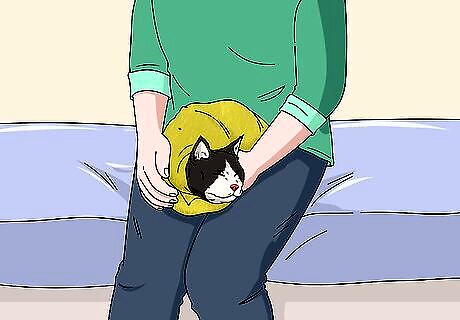
Sit for a few minutes with the wrapped cat in your lap. To calm your cat, cuddle with them for a few minutes before you start drying them. Ensure that they're wrapped in the towel so they don't get too cold. Hold them securely until they seem comfortable or at least they're not trying to jump out of your arms. If the towel feels wet, replace it with a fresh towel so it absorbs more moisture.
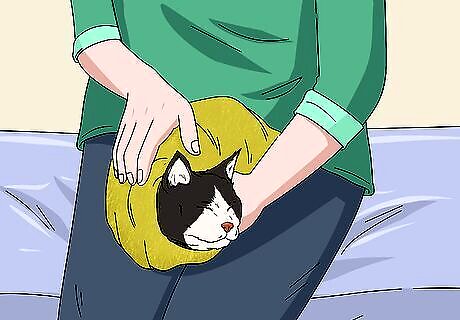
Squeeze the towel gently so it absorbs the water. Press the towel against your cat's body so it begins to soak up the water from their fur. Don't rub the towel back and forth as you dry the cat or you could tangle the hair. Instead, squeeze the towel using a blotting motion. Keep towel drying until the fur is damp, but not dripping wet.
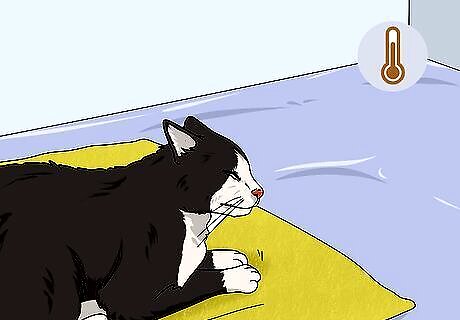
Put the cat into a warm room until it's completely dry. If you've managed to remove most of the moisture from your cat's fur, it will quickly air dry. Remove the wet towel and put your cat into a room with a heat source so the warm air finishes drying the cat. Don't put your cat directly next to the heat source. Instead, turn up the temperature in the room or set up a small room heater and lay out a soft towel for your cat to curl up on as it dries.
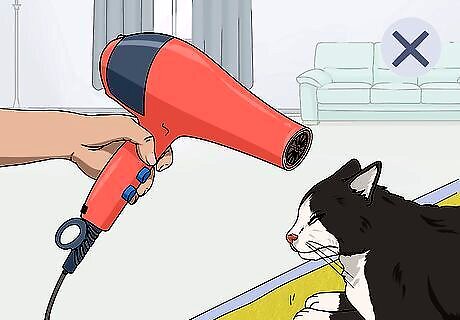
Avoid using a hairdryer to dry your cat's fur. Cats can become scared or aggressive with hearing the sound of a hairdryer so you should never use it on old, fragile, or sensitive cats. Since a hairdryer might dry out or irritate your cat's skin, it's probably a good idea to skip the hairdryer altogether. You might see professional groomers use stand dryers to quickly dry your cat. These are designed to be quiet, gentle, and efficient.
Brushing and Rewarding Your Cat
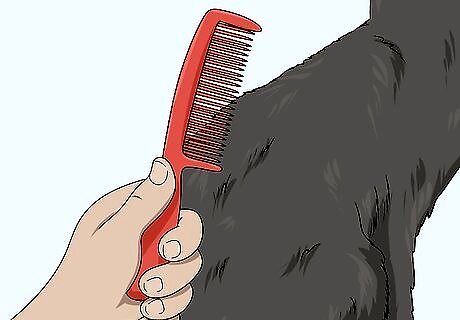
Get out a cat comb that works with your cat's fur type. If you have a short-haired cat, find a fine-tooth comb or brush. To prevent pulling on longer hair, choose a wide-toothed comb. You can find brushes or combs made from plastic, rubber, or metal, so try a few different styles to find what your cat prefers. Keep a wide-toothed comb on hand for detangling matted fur.
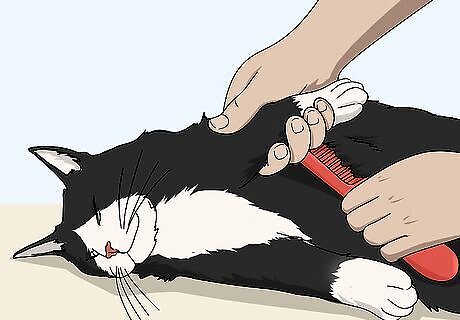
Brush a long-haired cat along their abdomen, legs, and armpits. Once your cat's fur is completely dry, take a wide-toothed comb and brush their abdomen and legs. Brush the fur up towards their head and comb along their back, too. Gently finish by running the comb near your cat's head and brushing the tail.Tip: If you find mats in the fur, especially near the armpits and legs, use your fingers to loosen the strands of hair. If you can't get the mat out, take a comb and gently tease the mat apart. To prevent hairballs and tangling, brush your long-haired cat every day.

Brush a short-haired cat from head to tail. Run a fine-tooth comb through your cat's dry fur. Start near their head and brush in the direction the hair is growing down to the tail. Remember to brush the cat's abdomen as well. Make brushing your short-haired cat part of your weekly routine. Regular brushing reduces dander and prevents hairballs.
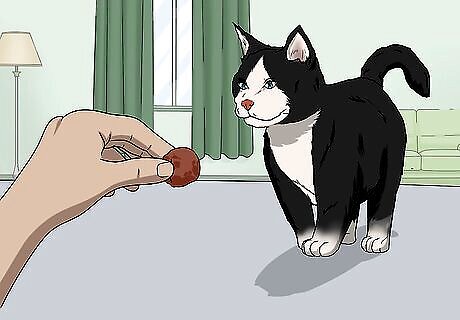
Give your cat their favorite treat once you've finished grooming them. As soon as you finish bathing and brushing the cat, offer them a few food treats. Rewarding your cat helps them make positive associations with getting groomed so they may be more cooperative the next time you bathe them. You should also give your cat lots of gentle pets and give them verbal praise. For example, say, "You're such a good kitty!"


















Comments
0 comment